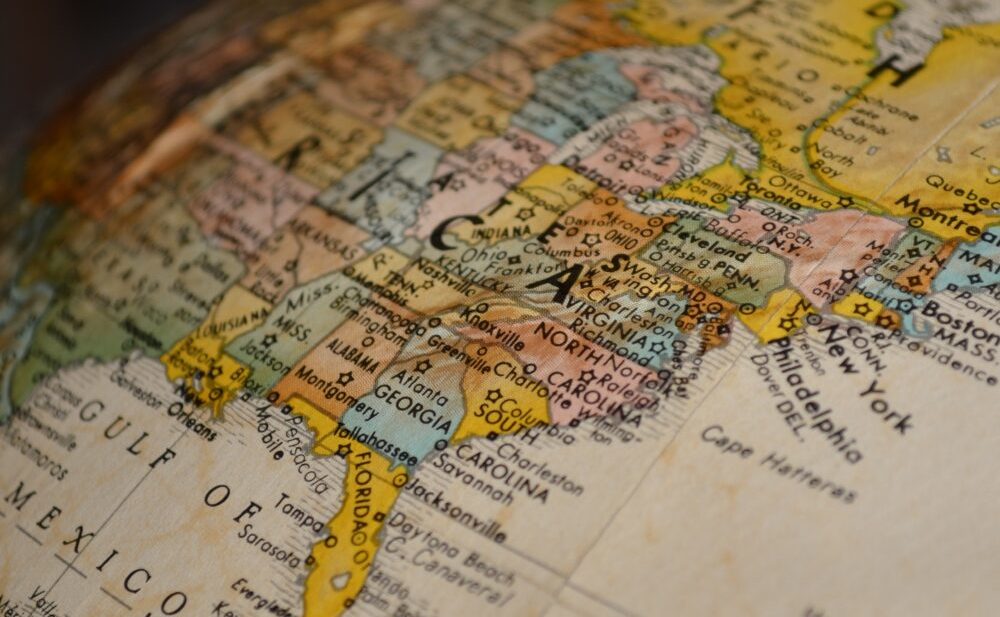Several market researchers have identified consumer preferences for “foreign” products. Studies suggest that consumer prefer foreign shore developed or manufactured product at a cost higher than domestic companies, because of higher quality and “country-of-origin” influences. However, in markets like India and China, where domestic competitors have built substantial product and market knowledge, sticking to the “foreign” tag seems a passé. Many producers in these markets seem to be sticking to the good old “foreign tag” to push products such as apartments to toothpaste. How far does this work?. Would an American pay more for Spanish Villas in a Detroit suburb or would a Sri Lankan pay for a Hawaiian style beach house?
Take the case of a real estate company that has been making grandiose marketing events around everything British about tagline for a middle class home project. Does a salaried Indian working in global verticals like IT and Biotech get influenced by British sounding apartment complex or the choice is made on other considerations. An average Indian, like his counterpart in Alabama or Bavaria, would buy 1 or max of 2 houses in his life time. An average Indian spends 15 times his annual salary in buying a house. It is almost always a non-impulsive purchase decision. The number of choices and research done before buying a house is always high. What research indicates is that customers buying a budget home prefer comfort over style. The decision criteria involve Spacious, quality of construction, Surrounding environment & facilities, Security and Cost. Naming the apartments on “foreign” tag does not help in faster sale for the developer. In fact, with a “foreign” tag customer expectation of quality and ambience is much higher than what they would have preferred in a similar costing home.
Moving on to a consumer product, a company is using “foreign” locale doctors to endorse a tooth paste. What is unique about this advertisement is the physician in the backdrop are very much “Brown Sahibs” in a foreign country. The underlying assumption seems to be the colonial fragments that still instill a sense of quality and drives want. Analysis suggests that many consumers buy this product only after a consultation and no OTC sale happens. The value of the advertisement is in its clearly positioned advantages of using the product. The “foreign” tag doctors seem to be an appendage that could have been lived without. Advertisers and manufacturers must consider the value of a foreign tag and their product fit before indiscriminately resort to this old trick. A good advertiser must know when the stew is stale and when to throw it out to brew new stock.

